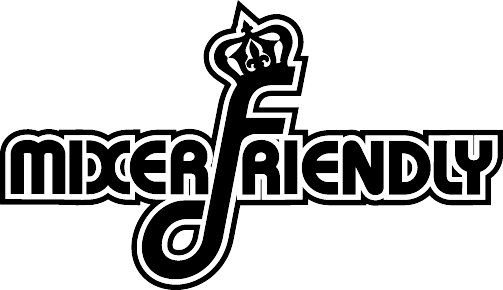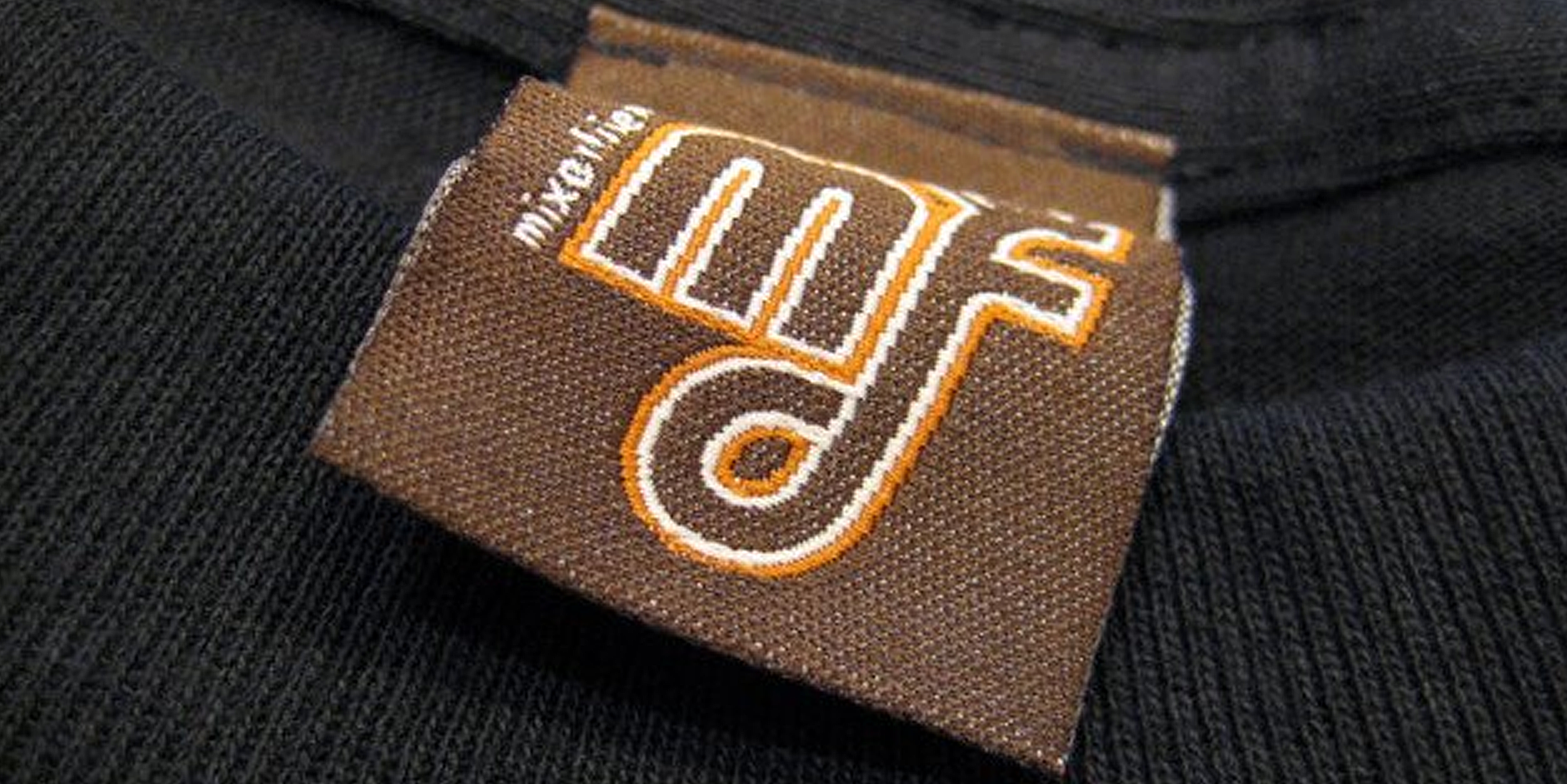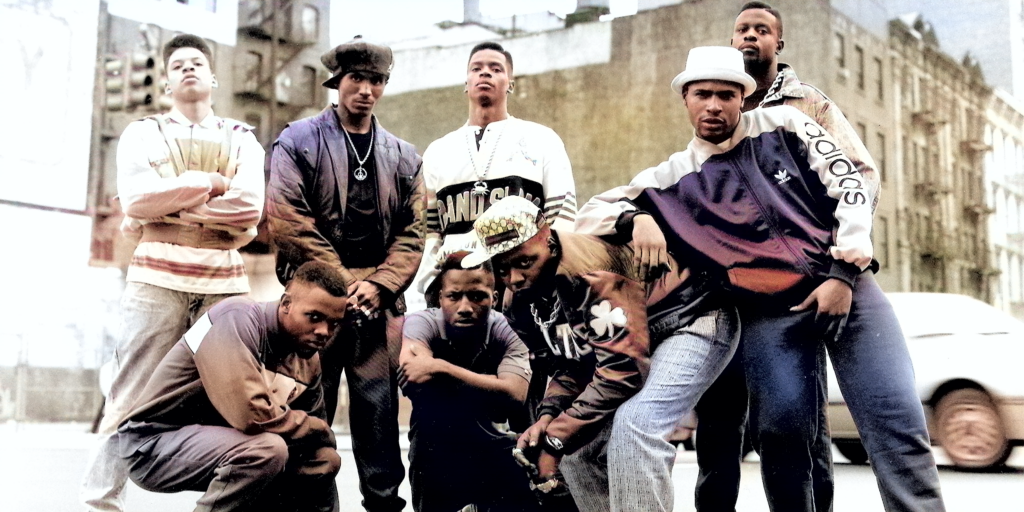By: Justin Marine
Mixerfriendly is known for its bold, nostalgic posters and t-shirts that celebrate the sounds and styles of the 70s, 80s, and 90s. But the road here wasn’t built overnight. It was stitched together — like every great mix — with love, hustle, and a whole lot of vinyl-crackling inspiration.
Before Mixerfriendly: Living and breathing DJ culture
I started DJing while at the University of Florida in 1991, a time when dance music culture hadn’t even begun to cross into the mainstream. The underground house scene was thriving, and I found myself drawn to the energy and emotion of those early records from artists like Little Louis Vega and Sasha. Their sound—deep, melodic, and hypnotic—sparked something in me. At the same time, I was already deeply rooted in hip hop, from Sugar Hill Gang to A Tribe Called Quest that defined the culture. I began experimenting, trying to find a way to bridge those worlds together. I started blending the soulful grooves and rhythmic complexity of funk and hip hop with the uplifting pulse of house music, discovering a unique sound that felt both nostalgic and forward-thinking. That fusion became my creative foundation and the starting point for everything that followed in my DJ journey.
The Early Days: Mixtape & CD covers
In 1995 I discovered graphic design, and applied that to designing event flyers and mixtape flyers for promoter and DJ friends, taking inspiration from all of the record covers I looked at over many many hours in record stores.

I designed so many mixtape covers, that I thought of the idea to package them in packs of 20, and sell them in record stores.
I called it Mixerfriendly. Every DJ knows the term—it describes a track that’s perfectly structured to blend seamlessly into the next one, usually with that steady 4/4 beat that makes transitions smooth. It felt like the perfect metaphor for what I was doing visually: creating designs that connected different styles, eras, and sounds into one cohesive flow. Mixerfriendly became more than just a name—it represented the intersection of music, design, and rhythm. That’s really where the brand began, as a creative bridge between sound and sight.
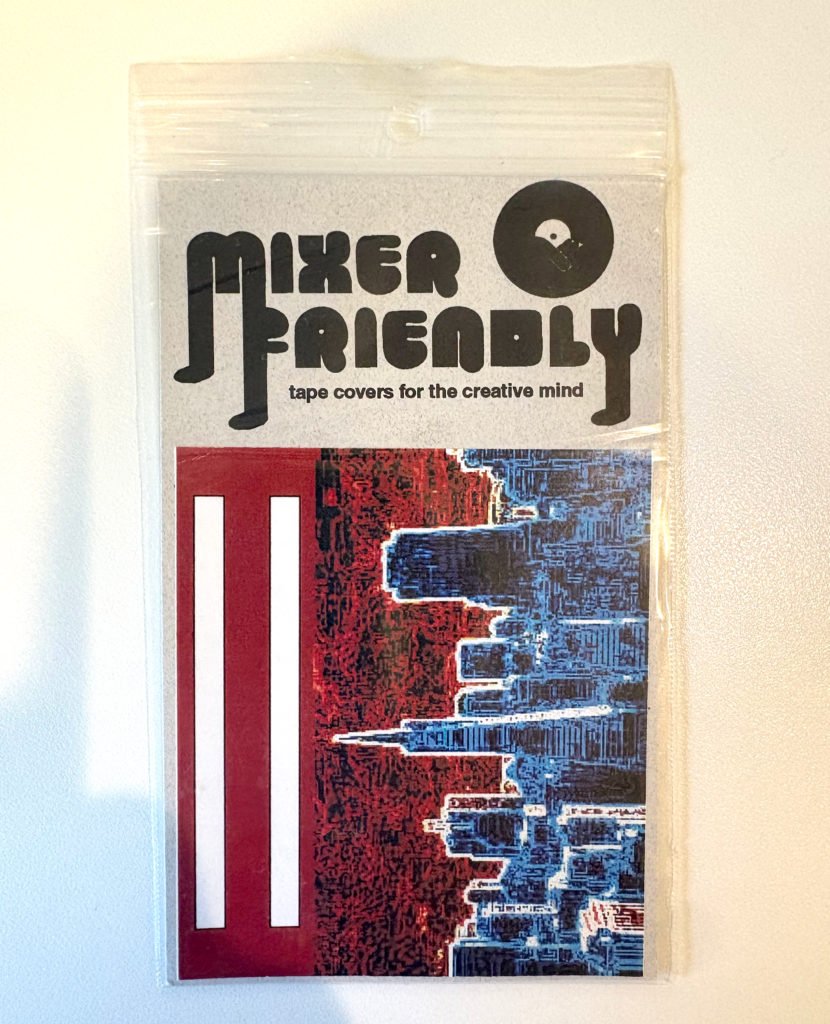
By 1999, the music landscape was changing fast. Napster had just exploded, and suddenly people could download music directly from their computers instead of buying physical tapes or CDs. What had once been a thriving scene for mixtapes and custom covers started to fade almost overnight. I knew I had to find a new direction if Mixerfriendly was going to survive.
Around that time, I had made a few t-shirts with the Mixerfriendly logo on them—mainly for fun and to promote the brand. But to my surprise, the shirts started selling faster than the covers ever did. People connected with the logo and what it represented: music culture, creativity, and that underground energy we all shared. I started experimenting with different colorways and printing techniques, and before long, I was designing entirely new graphics built around that same vibe.
Since I already had strong relationships with independent record stores, the transition happened naturally. Many of the same stores that once sold my mixtape covers began carrying Mixerfriendly t-shirts instead. It was a grassroots shift that kept the brand alive—and in many ways, it became the foundation for the next chapter. What started as a side project born out of necessity evolved into a full-fledged streetwear line that carried the soul of the music scene into fashion.
The T-shirt era: Magic shows and economic woes
In the early 2000s, I took a leap and brought my designs to the global stage of retail buyers at Magic in Las Vegas—the epicenter of streetwear and fashion trade shows at the time. It was a whirlwind experience that instantly opened doors I’d only dreamed about. Suddenly, Mixerfriendly was landing in boutiques and stores from New York to Los Angeles, London to Tokyo. Seeing my designs travel the world was surreal and motivating. It pushed me to keep evolving—to raise the creative bar each season and expand the graphic language of the brand. Every new collection became a challenge to outdo the last, to stay fresh while staying true to the music-inspired roots that started it all.
After five years of steady growth and exposure, the 2008 recession hit hard. Nearly 60% of the independent boutiques that carried Mixerfriendly shut their doors within a year. The industry was changing fast, and the independent streetwear scene was one of its biggest casualties. By 2010, it became clear that sustaining the brand at that scale wasn’t possible. It was bittersweet to close that chapter, but it opened a new one. I took everything I’d learned about creativity, branding, and user experience and transitioned into Product Design in the tech world—where I found new ways to merge storytelling, aesthetics, and functionality.
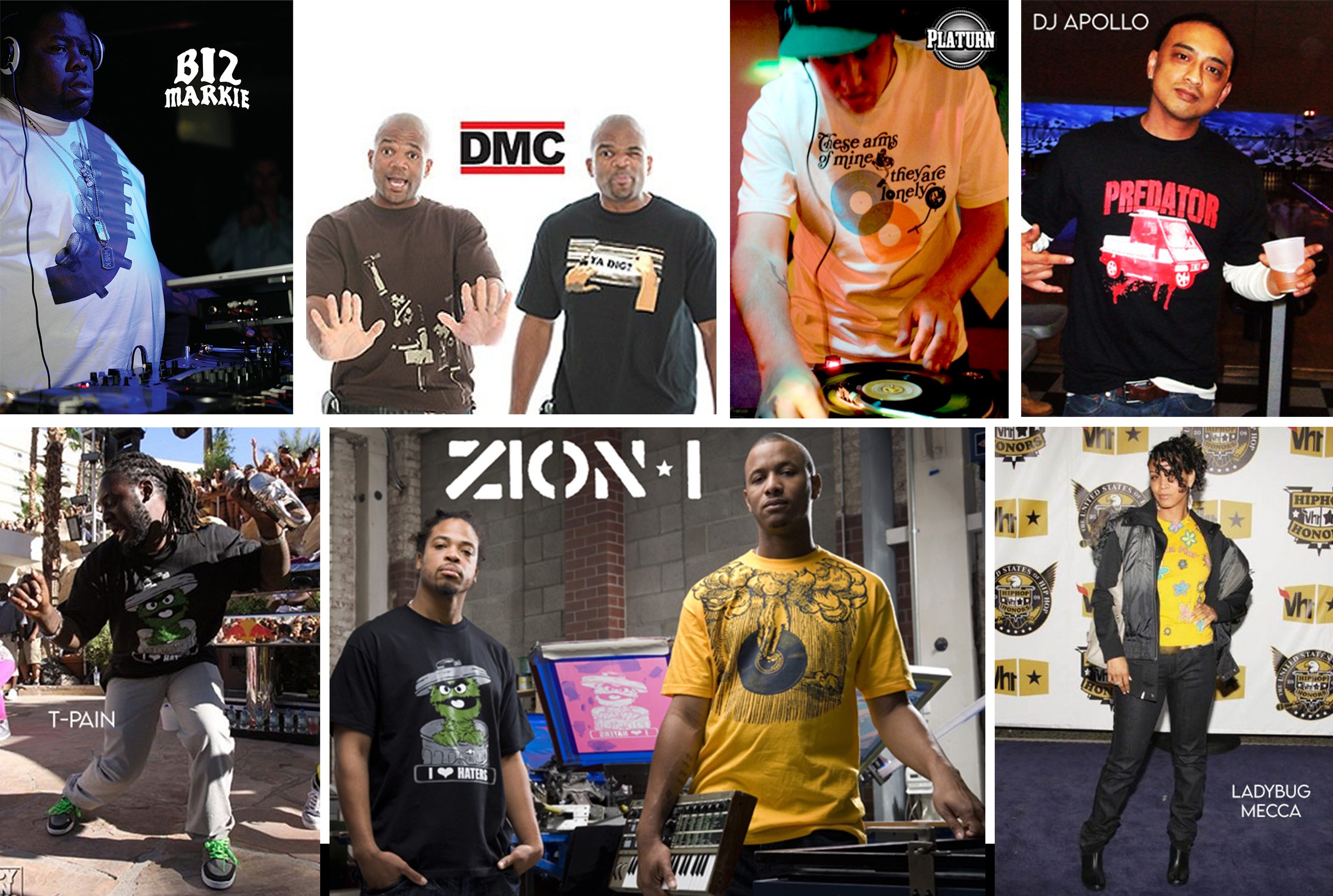
The Poster era: Life after Tees
In 2013, I decided to take Mixerfriendly in a new direction. After years of designing apparel, I began converting my graphics into art prints—translating the same creative energy and cultural storytelling into a more permanent medium. I wanted to create pieces that people could live with every day, designs that wouldn’t fade with trends or feel overplayed. My goal was to make art that stood the test of time—something you could hang on your wall and still feel inspired by years later.
Working in print also gave me a new kind of creative freedom. Without the technical limitations of screen printing or fabric production, I could explore more color, texture, and depth in my artwork. It opened up a world of experimentation, allowing me to bring the spirit of funk, soul, and hip hop to life in new visual forms.
Today, Mixerfriendly exists primarily as a poster and art print line that continues to honor its roots. Each piece carries the same respect for the culture that inspired it—music that moved people, design that told stories, and an attitude that’s timeless. What started as a clothing brand has evolved into a celebration of rhythm, history, and visual expression.
